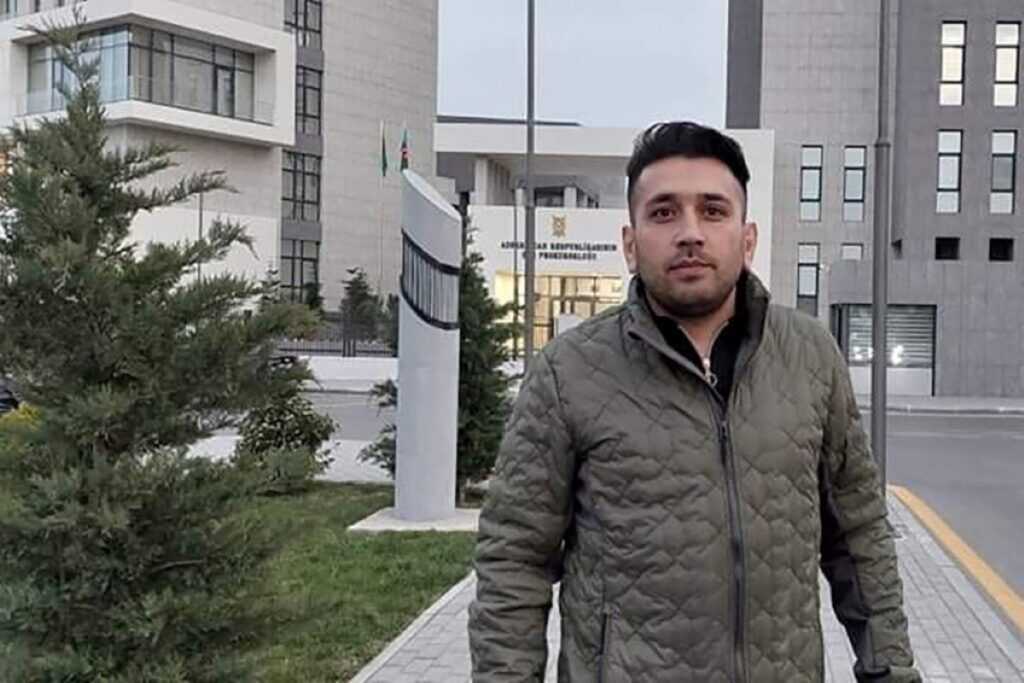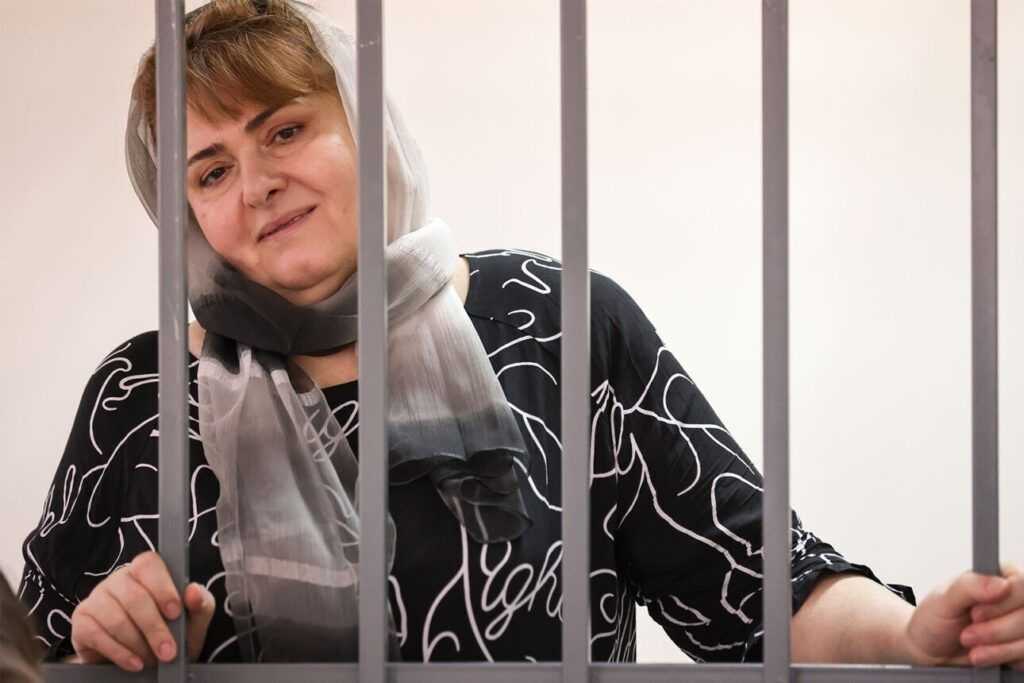
The Chelyabinsk Regional Court has sentenced a 17-year-old native of Daghestan, accused of sabotage at the local military airfield Shagol, to eight years in a youth detention facility on arson charges.
According to the court’s press office, the minor’s actions were deemed to constitute ‘sabotage committed with the aim of undermining the economic security and defence capability of the country’.
The court took into account mitigating factors, including the defendant’s young age, his first-time offence, partial admission of guilt, remorse, and state of health. However, the court maintained that the teenager had been recruited and acted deliberately to damage Russian military infrastructure.
The incident occurred on the night of 4 January 2024 at the Shagol military airfield in Chelyabinsk, in west-central Russia. According to investigators, the teenager travelled from Buynaksk to Chelyabinsk, infiltrated the secured facility through adjacent garden plots, set fire to an Su-34 fighter jet, and filmed the burning bomber. The footage later spread across social media and was published by Ukraine’s military intelligence agency (HUR). Ukrainian officials reported a ‘burned bomber,’ while Russian authorities refrained from commenting on the incident for an extended period.
The Ukrainian media outlets Hromadske and Ukrainska Pravda claimed, citing sources, that Ukrainian intelligence was involved in the arson. Suspilne, another Ukrainian media outlet, cited another intelligence source which called the incident a HUR ‘special operation’. However, Ukraine has not officially claimed responsibility for the attack.
Russia’s Federal Security Service (FSB) claimed that the teenager had been recruited by Ukrainian intelligence via anonymous communication channels. He was allegedly offered a reward of ₽4.5 million ($57,000) for successfully completing the mission. Initially, he was charged with attempted sabotage, but following the investigation, the charges were upgraded. He was arrested the following day, 5 January, on a train near the town of Yuryuzan in Chelyabinsk Region.
According to local outlet 74.ru, the suspect partially admitted guilt, though the details of his testimony have not been disclosed. Prosecutors argued during the trial that the teenager’s actions were premeditated, aimed at destroying military equipment and undermining Russia’s defence capability.
The incident was one of the first confirmed cases of damage to Russian military hardware within the country’s territory since Russia’s full-scale invasion of Ukraine in February 2022. While neither side has officially claimed responsibility for the sabotage, Ukrainian intelligence has repeatedly signalled involvement in such acts of sabotage within Russia.
According to Russia’s Investigative Committee and the FSB, efforts to identify those responsible for orchestrating the arson attack are ongoing.
This incident is part of a broader pattern of sabotage that has occurred across Russia in recent years. Since 2022, there has been a notable increase in arson attacks targeting military facilities, railway infrastructure, and fuel depots. Russian security services attribute this trend to the activities of Ukrainian intelligence and partisan groups, while the Ukrainian side often refrains from public comment.









